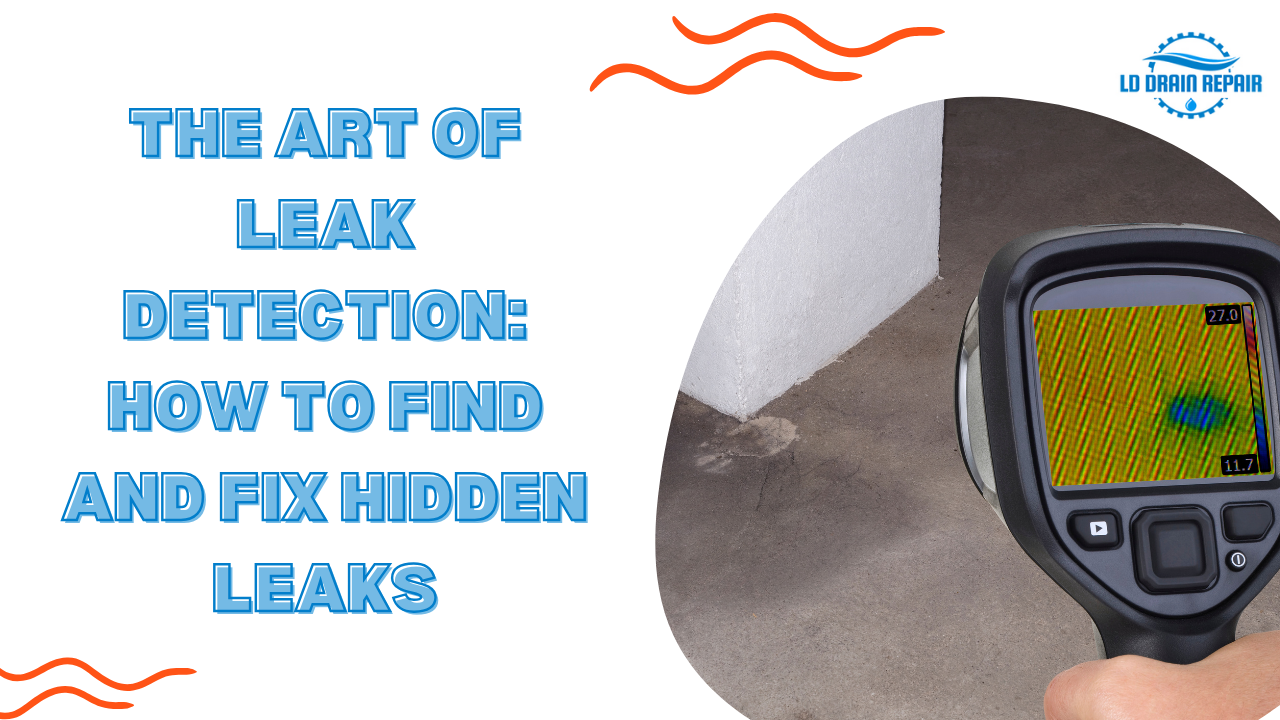Menu
Home » The Art of Leak Detection: How to Find and Fix Hidden Leaks

Once you suspect a hidden leak, the next step is pinpointing its source:
Once you’ve located the leak, it’s time to take action:
The art of leak detection is a valuable skill for homeowners to master. Regularly checking for hidden leaks and promptly addressing them can save you money on water bills, protect your home from damage, and ensure the efficient use of precious water resources. Whether you’re a DIY enthusiast or prefer to leave it to the professionals, the key is to be proactive when it comes to detecting and fixing hidden leaks in your home. Contact us today!